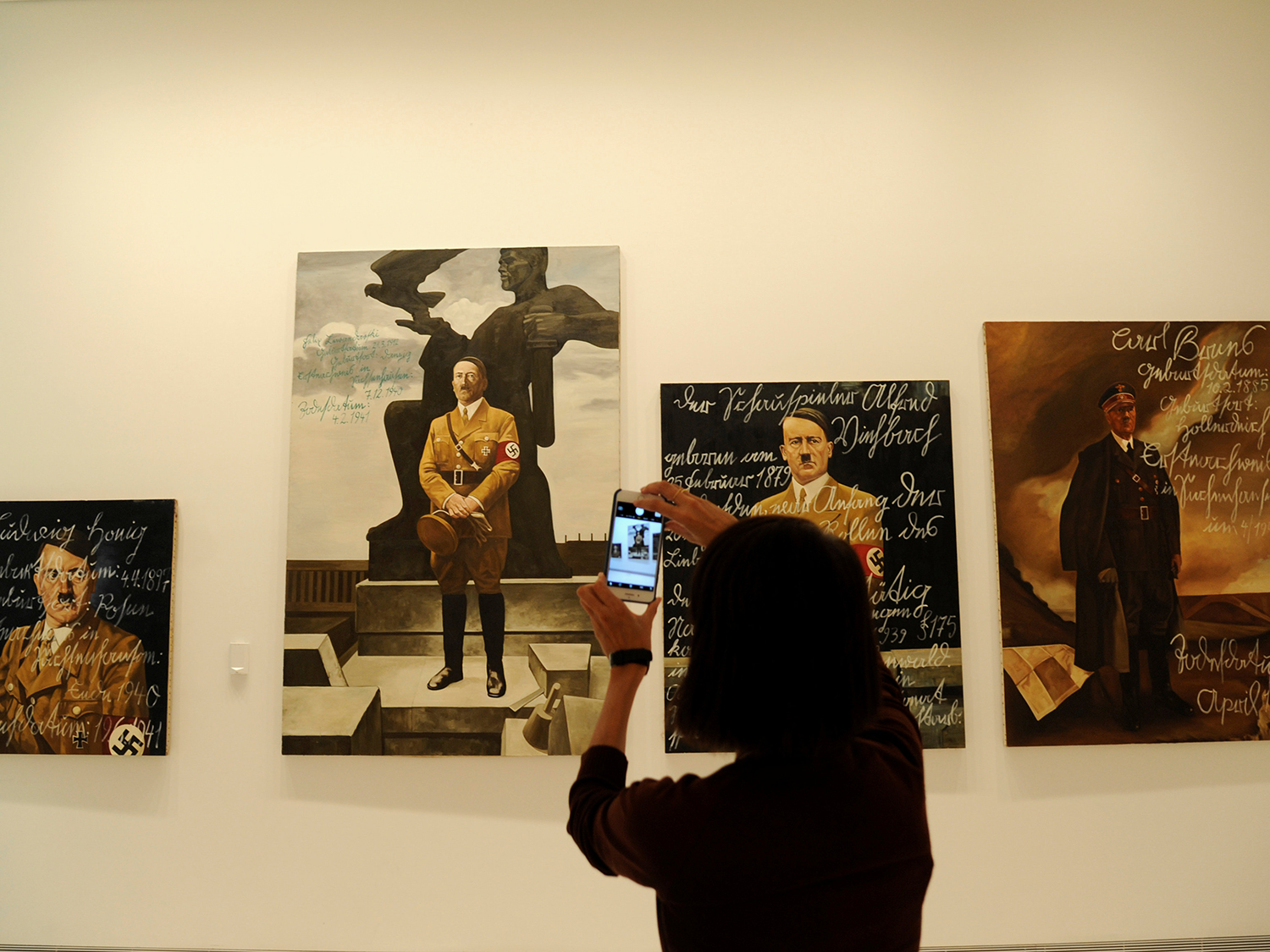


By Phoebe Fronista — Documenta, one of Europe’s most important modern art exhibitions, opens in Athens on Saturday, the first time in its history it is being held outside the German city of Kassel. Documenta 14 — “Learning from Athens” — will run in the Greek capital until July 16, extending over more than 40 landmark locations including squares, cinemas, and libraries. It will also still run in Kassel this year — from June 10 to September 17.
More than 160 artists are showcasing new works in documenta 14, touching upon issues such as migration, the financial crisis and censorship.
Adam Szymczyk, its artistic director, described the long process of organising the event in Athens as both “excruciatingly difficult” and “amazingly beautiful”.
“And yet, the journey has only begun,” he said.
Organisers have said Greece’s role at the centre of Europe’s financial and migration crises drove the decision to twin the fair between Athens and Kassel, though exhibits will not be limited to those themes.
One exhibit in the Athens National Museum of Contemporary Art features thousands of green and black olives and is titled “Payment of Greek Debt to Germany with Olives and Art.”

Greece’s long economic crisis has strained relations with Germany and many in the country blame Berlin, their biggest creditor, for the painful austerity and record unemployment associated with three financial bailouts.
Other exhibits include an open kitchen in a central Athens square where visitors are encouraged to grab a bite to eat with strangers. And there are exhibits at landmarks such as the Ancient Agora, the Temple of Zeus and the First Cemetery of Athens.
Held every five years, documenta — first run in 1955 — is one of Europe’s top exhibitions, alongside the Venice Biennale, Art Basel and Monumenta in Paris. In 2012, it drew more than 900,000 visitors.
It takes pride in its avant-garde image — in 2007, China’s Ai Weiwei brought 1,001 of his compatriots to Kassel as “live exhibits”.
The fair was founded by Arnold Bode, a curator, artist and teacher, who was one of many German artists forbidden to work by the Nazis. A native of Kassel, he hoped to provoke Germans with forms of international modern art after the stifling Nazi era. — Reuters
Oman Observer is now on the WhatsApp channel. Click here



